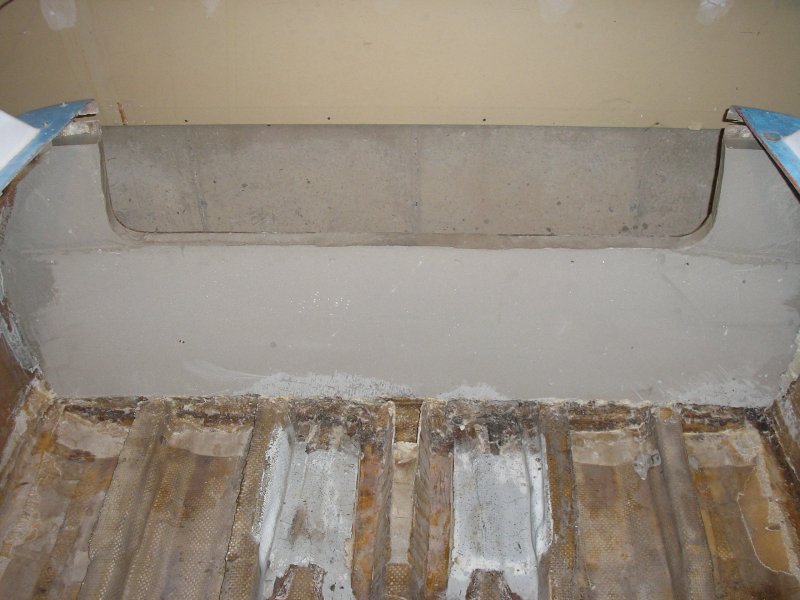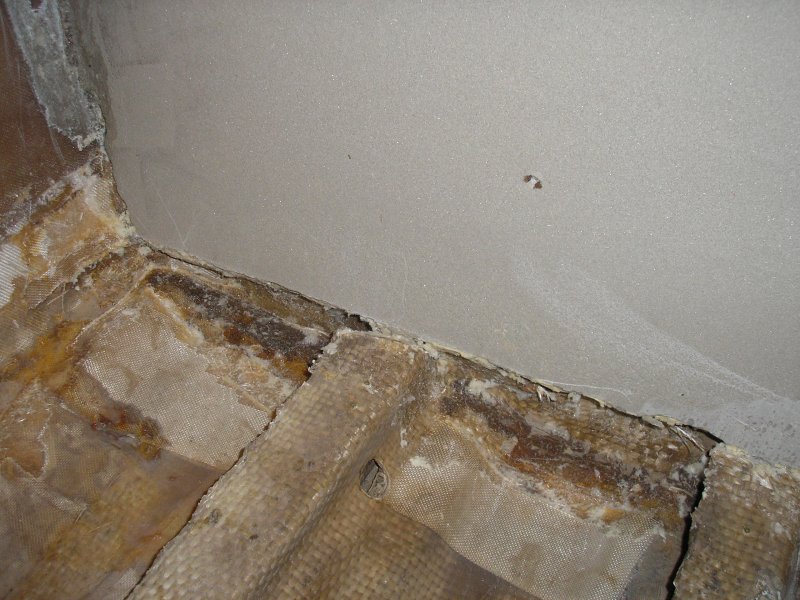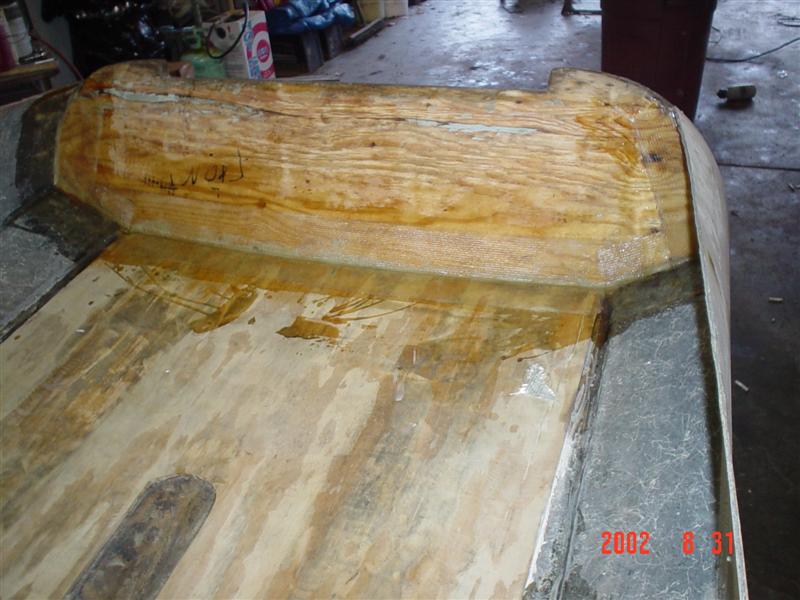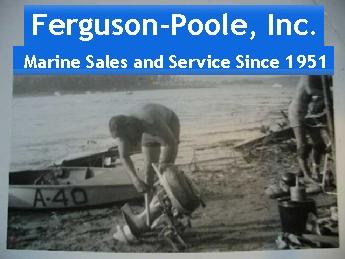Mark,
Sorry for the late reply on this. I was busy with work there. I would be happy to describe my process that I used with Nida-Core and how it worked.
When I first picked up the Skagit, the transom was evidently damaged. I had fiberglass delamination all over the deck, transom and areas that I can't even describe. I knew at that point there was a serious problem. Since the boat was built in 1958 and was stored outside, I knew I was in trouble.
I got her home and gutted the boat all the way to the hull. This Skagit 20 has fiberglass stringers so that removes a rotted hull issue. The challenge comes when looking at the fact that the skagit has literally a 3/8 thick fiberglass skin on the exterior of the transom, but has no internal skin or bulkhead opposite the outer skin. As for rotted wood removal, that is GREAT! The problem comes when having to form an interior bulkhead to pour against on the interior side.
I went ahead and made a template of the interior side of the transom so I could transfer that template to a plywood piece. I went ahead and cut that template and fit it so I had a two inch gap between the outer skin and the new template. This would give me a two inch thick poured transom before adding any heavy roving or glass to the interior side.
Now for the hard part. Anyone who has every worked with liquids knows that as you fill a void or a container, you get a HUGE amount of hydrostatic pressure as the void fills. When not braced properly, that form or mold will literally explode. Think of concrete being poured into a box. If the box is adequately braced dimensionally on all sides, the box will hold the cement until it sets. If you pour into the box that is not supported or braced, you'll end up with a mess!
The same can be said for the pourable transom materials. My experience has been that your interior skin or template MUST be capable of handling the internal pressure of the liquid as it fills the void between your outer hull skin and your internal skin if you have one, or your template or "form".
I originally thought I would use 1/2 plywood to pour. This was "marginal" in support. The thicker the better. If your lucky enough to have a flat transom, I would form using 3/4 plywood as my interior form. It is tough and wont move. If your unlucky like me, and your transom curves, your faced with having to make a curved form to allow for a consistent 2" think pour across the entire width of the transom. I had to make the choice of whether I wanted to actually build a curved transom form using wood braces cut and screwed to the form, or whether I could do something else.
I elected to use braces running from the stringers in my hull, running into the form similar to what you would see on a house foundation. Once the forms are set, you often see braces leading to the ground on both sides in order to keep the forms set until the cement cures. I took this approach.
The second challenge after getting the form built, anchored and braced, was the method of sealing between the existing hull and the new form. Keep in mind that hydrostatic pressure will force that material out like a rocket, similar to a flood gate being opened at the bottom of a dam. I chose to use a method I had used before. I went around the perimeter of the form with expansion foam. This foam over the course of a few hours set hard and sealed the cracks around the form.
I then mixed my material as per the instructions and had my son help with a makeshift funnel so I could work my way across the transom. I also did one other thing. I was nervous that the form would move, so I ran screws through the form into the exterior skin of the boat, similar to a foundation form and the ties they use to hold the form together as they pour. This maintained a constant two inch thickness. I was going to glass the interior anyway, and the exterior needed to be glassed on the transom so a few screw holes didn't bug me. Remember, the pressure is huge and will pop an unsupported form.
I can't stress enough the need to be sure that there are no leaks around the form. Those lucky enough to have internal and external skins are in the best shape. Support those skins and your good. Those like me who had to make one, must look for leaks BEFORE the pour and fix them. I only had one small leak in one spot and lost maybe a cup full of resin before it set.
That brings me to my last point. This stuff is polyester resin, using peroxide as a hardener. It STINKS like the dickens and you MUST ventilate the area when working with it. The other issue is heat. When the resin cures as with many other resins, it creates what is known as an exothermic reaction. That puppy heats up more than you think. It heats hot enough that it's tough to touch and impossible to stop just as it's kicking. You MUST be sure that the heat it generates does not warp or bend your existing transom skin. When your good old gelcoat and fiberglass heat to that level, they will warp if not supported. Mine was 3/8 thick and I still worried about it. Take the time to set it up right with proper support and you'll be ok. if you don't, you may end up with a bigger mess than you started with.
Having said all this, I don't want to come across as trying to scare anyone away. The transom is solid and rot proof now. I would do it again and I certainly learned a lot. Hopefully you will feel comfortable using this type of repair since I'm confident that when done correctly, you will never need a transom repair again. Feel free to mail me at mrusson (at) gmail.com if I can help anyone out with questions. Sorry for the long post.






























